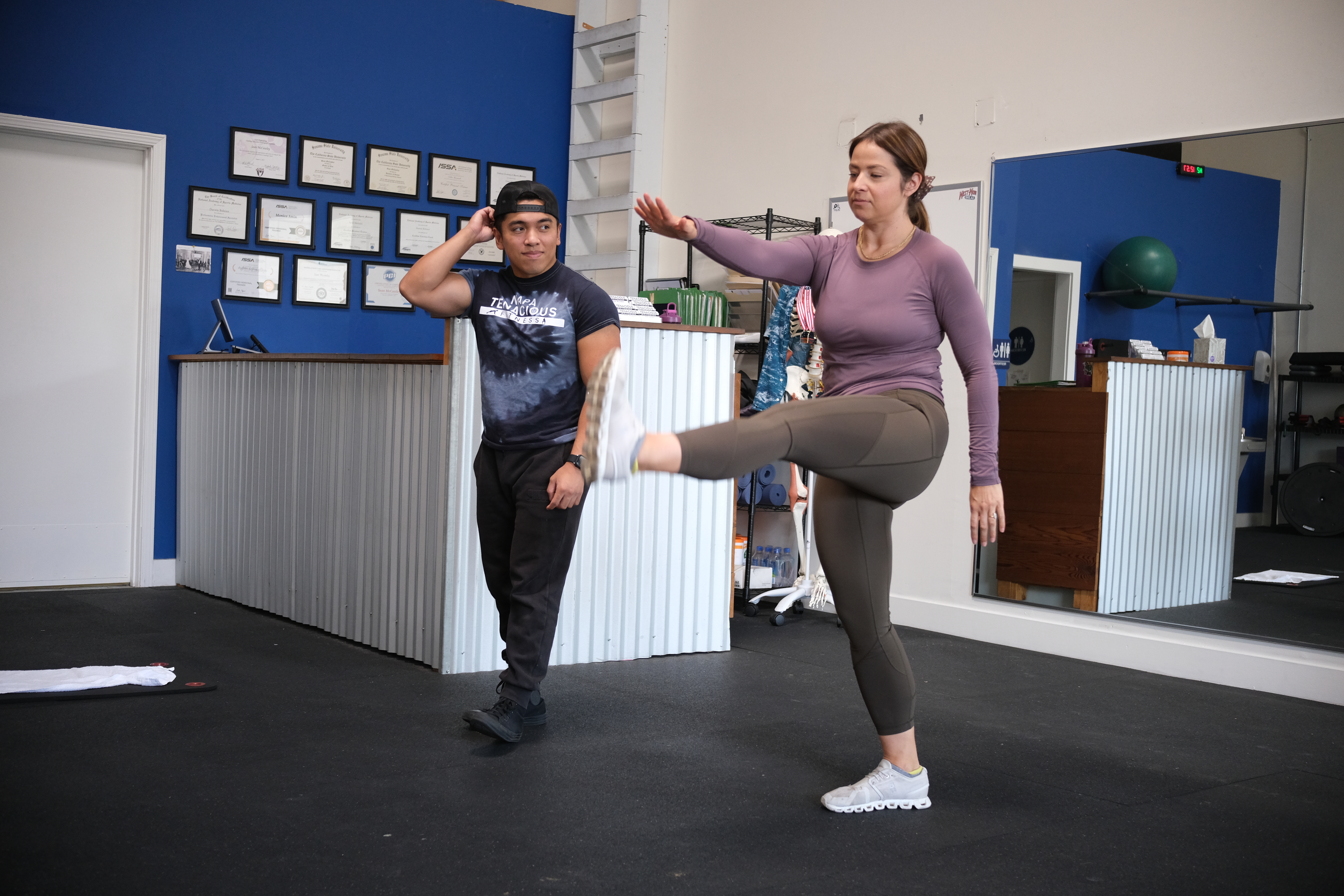Humans perform upper and lower extremity actions daily without thinking too much about it. Starting from getting out of bed, the upper and lower body are involved in morning rituals as simple as walking to the kitchen to start a cup of coffee. More sophisticated and physically demanding actions requiring coordination and dexterity, including walking up stairs, carrying objects, or performing manual labor at the workplace, require a person to perform upper and lower extremity movements competently. The actions of how many times the arms are lifted from our sides and the legs stride back and forth while walking can be performed over ten thousand times per day. Data collection from peer-reviewed articles researching human physical activity states that humans use their upper extremities more than their lower extremities on a normal day. Optimal functioning of the upper extremities is necessary to conduct an efficient and functional day of human activity. Even though the lower extremities might be used less than the upper extremities, it’s worthwhile to appreciate one of the most important gifts humans have been granted that gets us from point A to point B. This is the gift of walking. Our lower extremities are responsible for our ability to be mobile.
Commonly identified parts of the lower extremities include our thighs, knees, shins, and feet. Breaking this down into more granular analysis, it’s helpful to understand the names of the bones and how these bones comprise the joints of the lower limbs. At the hip joint, the femur is the large thigh bone. The femur’s proximal, or top portion, inserts into the hip joint located in the pelvic girdle. The pelvis comprises multiple joints connecting the spine at the top portion and two ball and socket joints connecting the femurs. Acting as a keystone in the body’s center, a substantial amount of connective tissue attachments hold the hip bones together, and nerves track through the hip area to coordinate the lower extremity’s movement. Therefore, if our interest is to keep moving by being able to walk, climb stairs or hills, and get up and down off the ground, the hip joint is critically important to our functionality.
Hip flexion is one of the first movements involved in walking, going up and down stairs, or standing up from a kneeling or standing position. Defined as bringing the femur closer to the abdomen, hip flexion can be an underappreciated movement. Normal walking patterns require the leg to swing forward in each step. If the hip flexors are deconditioned, gait can become afflicted, causing the legs to swing outward during walking, leading to a slew of issues, including the inability to walk in straight lines and musculoskeletal injuries leading to knee pain and increased risk of falling. The hip flexors contribute to efficient travel upstairs, inclined sidewalks, and hills as the knee is lifted past the normal height of walking to place the foot on a heightened surface while walking forward. When getting up from a seated or kneeling position, hip flexors assist in bringing the leg out in front of the body to place a foot on the ground to prepare for standing. One could imagine living without the ability to move the thigh forward during walking could substantially challenge everyday life.
One of the simple yet effective tactics we employ with our personal training clients is the leg kick exercise. This exercise, when performed consistently, can significantly enhance neuromuscular coordination and hip strength, empowering you to improve your mobility and overall functionality.
Leg Kick Stretch: Reach your hand in front of you. While keeping your supporting leg straight, actively bring one leg in front of you to touch your hand as if you are performing a kicking motion. Ensure that the kicking leg is kept as straight as possible. You should experience a slight stretching sensation in your hamstring and calf muscles and a brief sensation of muscular exertion of the anterior thigh muscles. Repeat this movement for five to 10 repetitions on both legs.
By incorporating this simple movement into your routine, performing just one set of ten repetitions before your daily activities, you can potentially enhance your neuromuscular coordination and hip strength. The key is consistency, and with regular practice, you can build lasting strength and improve your everyday functionality and mobility.
Sean McCawley, the founder and owner of Napa Tenacious Fitness in Napa, CA, welcomes questions and comments. Reach him at 707-287-2727, napatenacious@gmail.com, or visit the website napatenaciousfitness.com.

